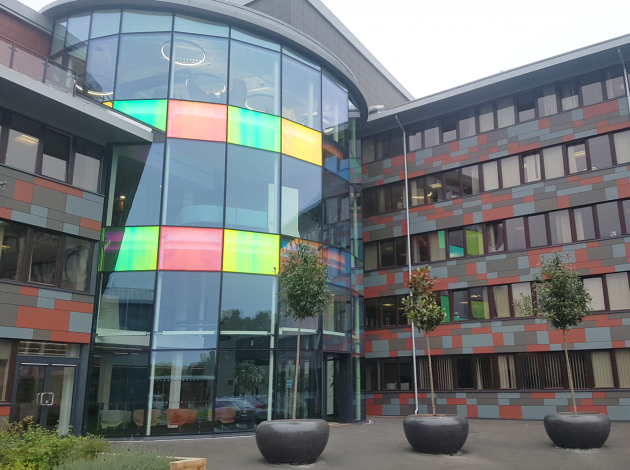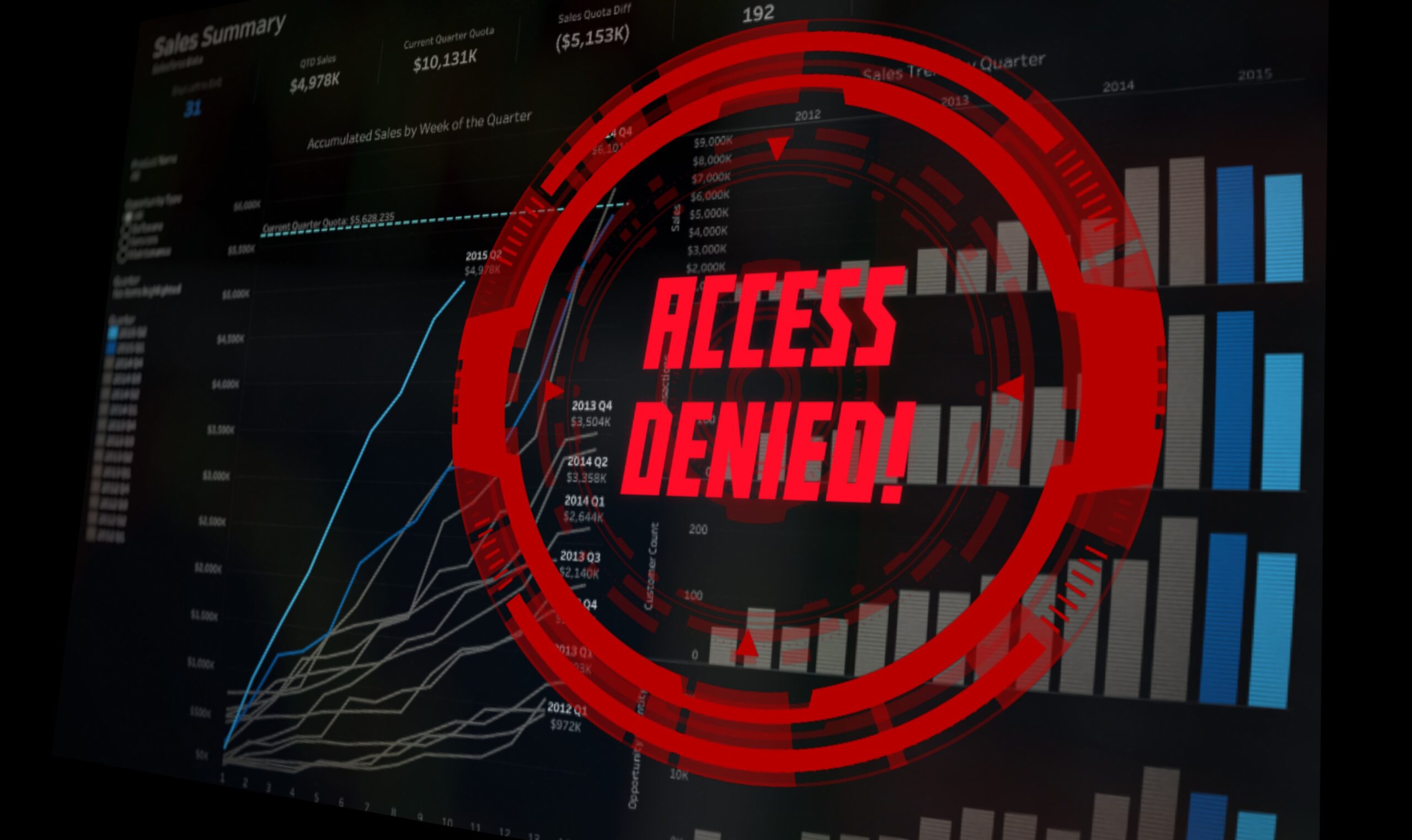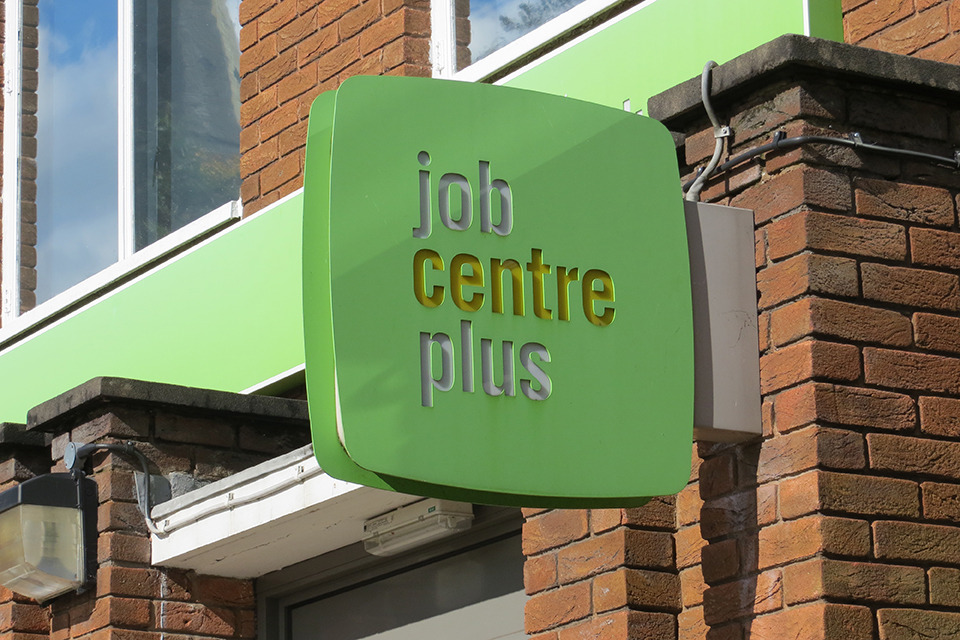The Government Digital Service is planning to review around 30% of departments’ digital projects based on “continuous interactions” with tech teams rather than set spending limits.
Kevin Cunnington has revealed his latest plans for spend controls – Photo credit: GDS
In an exclusive interview with PublicTechnology, Kevin Cunnington, director general of GDS, gave more detail of his plans for the controversial controls, which were designed to stop departments frittering away millions on IT projects that were doomed to fail.
He indicated last year that the controls were set to change, arguing that the limit of £100,000 was too low for most digital projects that the bigger departments ran, but the details were still to be confirmed.
Since then, the department has been piloting a new pipeline approach that aims to help departments with their projects on a rolling basis rather than assessing only those that exceed a set spending limit.
Cunnington has consistently said that GDS’ relationship with departments needs to be less “adversarial” when it comes to assessing digital projects, and the new approach aims to lay the groundwork for this approach.
Speaking to PublicTechnology as part of a wider interview, Cunnington confirmed that the new plan would not limit departments based on their planned expenditure.
“We’re moving away from the one-size-fits-all model where if you spent £100,000 you had to go to GDS assessment,” he said.
“Now we will look at departments’ 15-month roadmap and go through it in some detail and we will decide what we’re really going to focus on [with the department].
“Our expectation is that 70% [of the roadmap] will be fine, and they can crack on with it. Twenty percent, we think we’ll need to keep an eye on it with them, and on the last 10% we’ll say ‘we probably just think you’re wrong’ and will need to get involved.”
Related content
IT spending controls are set to change, says new GDS leader
Government promises ‘deep transformation’ in long-awaited strategy
Cunnington said the change in policy would lead to “much more considered, continuous interactions: it’s more informed, but also removes use from this adversarial point-in-time audit”.
The process will involve regular meetings with the departments, as well as more formal meetings once a month – however, Cunnington said that it would not lead to more work for staff at GDS.
“Because we were obliged to – as part of the spend controls process – assess every £100,000 development, it meant we were doing lots and lots of them,” he said. “Not being involved in 70% [of projects] is a big difference.”
He added: “£100,000 for a citizen-facing service for a large department, with all the capacity they now have, is fairly straightforward for them, and for us, but we had to keep doing it. So we’re moving away from that; and it’s more efficient for us.”
“I always felt that the ‘one size fits all’ approach was part of the initiative’s power” – Matt Jukes
However Matt Jukes, product manager for the BetterCities programme at the not-for-profit social enterprise mySociety and a former civil servant working in the digital, data and technology profession, said that the move could have unintended consequences.
“I’m a big fan of what the spend controls team have achieved in the last few years, but this more ‘holistic’ approach seems likely to open the floodgates again to all manner of ill-conceived projects,” he said.
“I always felt that the ‘one size fits all’ approach was part of the initiative’s power – no special treatment and clear lines actually made it easier for teams in departments to get good work done not harder.”
But Matthew Trimming, founder of market entry specialists META and a former advisor to GDS, said that, because GDS was “evolving to be more strategic and less tactical”, it was right the policy was reviewed.
He said: “As the recently published Government Transformation Strategy highlights, digital is the most significant tool for transforming the quality and lowering the cost of the state’s transactional services.
“To achieve this will require less micro-management of digitally enabled transformation projects and a more mature and active partnership between departments and GDS.”
The Cabinet Office and GDS could not give any more information on the results of the pilots, or on when the controls would come into force, but it is understood that the plans are under discussion in the Treasury and the Cabinet Office.



